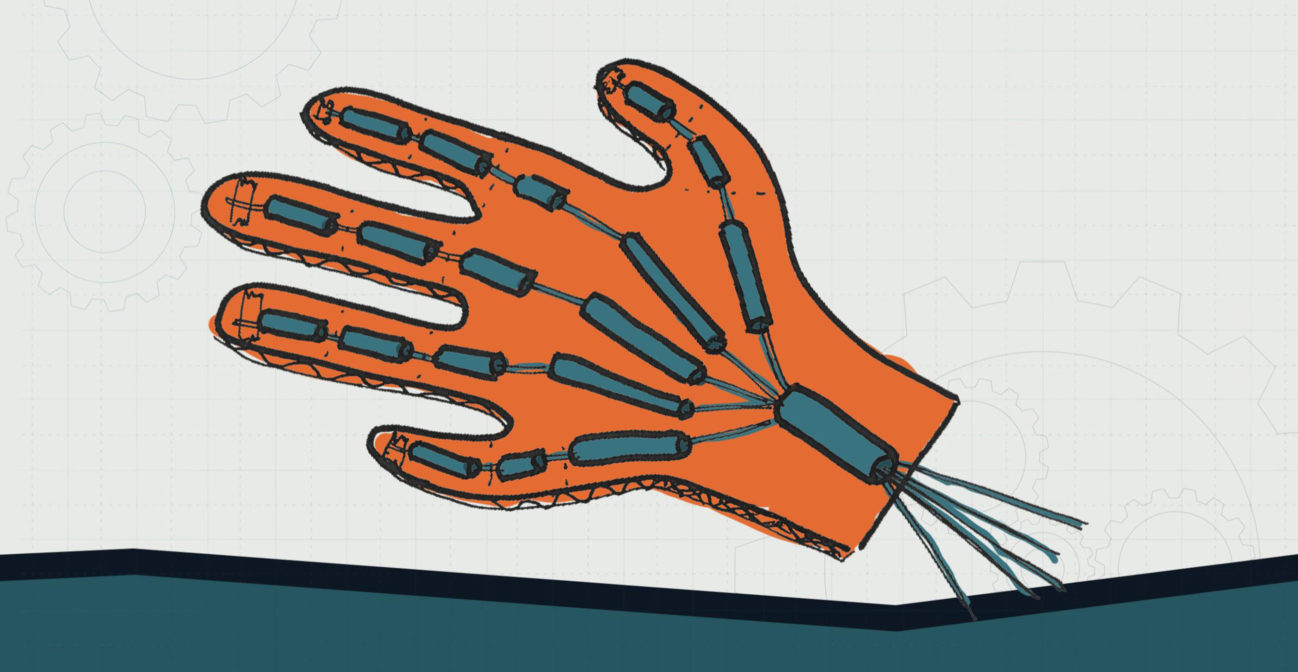Join us for conversations that inspire, recognize, and encourage innovation and best practices in the education profession.
Available on Apple Podcasts, Spotify, Google Podcasts, and more.

ELEMENTARY SCHOOL – LEVEL 1
Leonardo da Vinci is one of history’s most notable scholars. Among other interests, he studied human anatomy. Through his artwork, Leonardo detailed the human muscular and skeletal systems. His paintings have had a lasting impression on the medical community as well as the art world. The anatomy of our cardboard hand will help us learn about the anatomy of the human body.
MATERIALS NEEDED:
❏ Straws
❏ Zip ties
❏ Cardboard
❏ Markers
❏ Hot glue gun
DIRECTIONS:
OBJECTIVE: Kids will be able to use the human hand to explore the anatomy and function. Also, the chance to compare hands to the front feet of other animals.
ESSENTIAL QUESTION(S):
NGSS CONNECTION:
1-LS1-1. Use materials to design a solution to a human problem by mimicking how plants and/or animals use their external parts to help them survive, grow, and meet their needs.*
COMMON CORE CONNECTION:
ELA/Literacy
W.1.7 Participate in shared research and writing projects (e.g., explore a number of how-to books on a topic and use them to write a sequence of instructions).
DOK:
Level 3: Strategic Thinking
Level 4: Extended Thinking